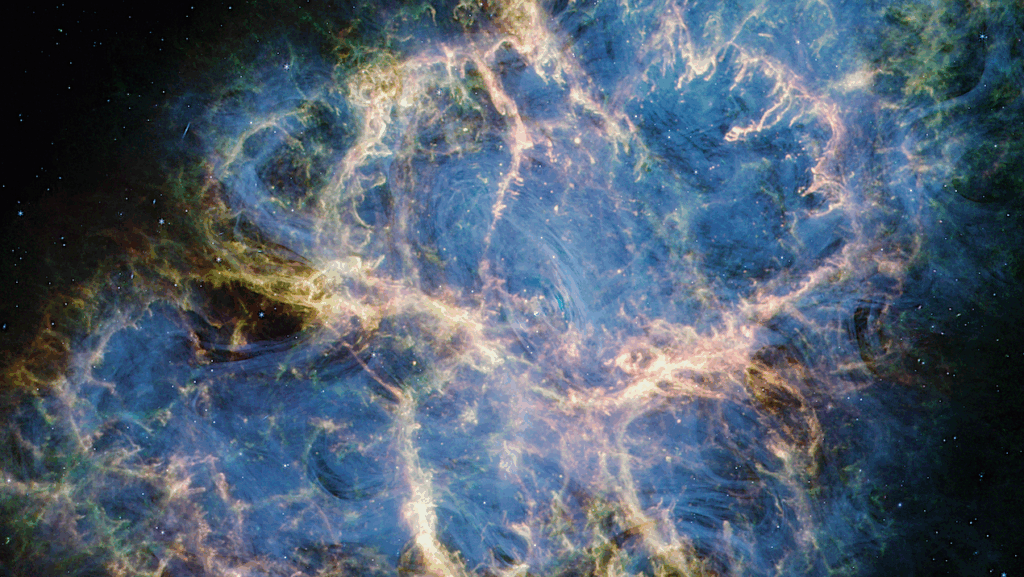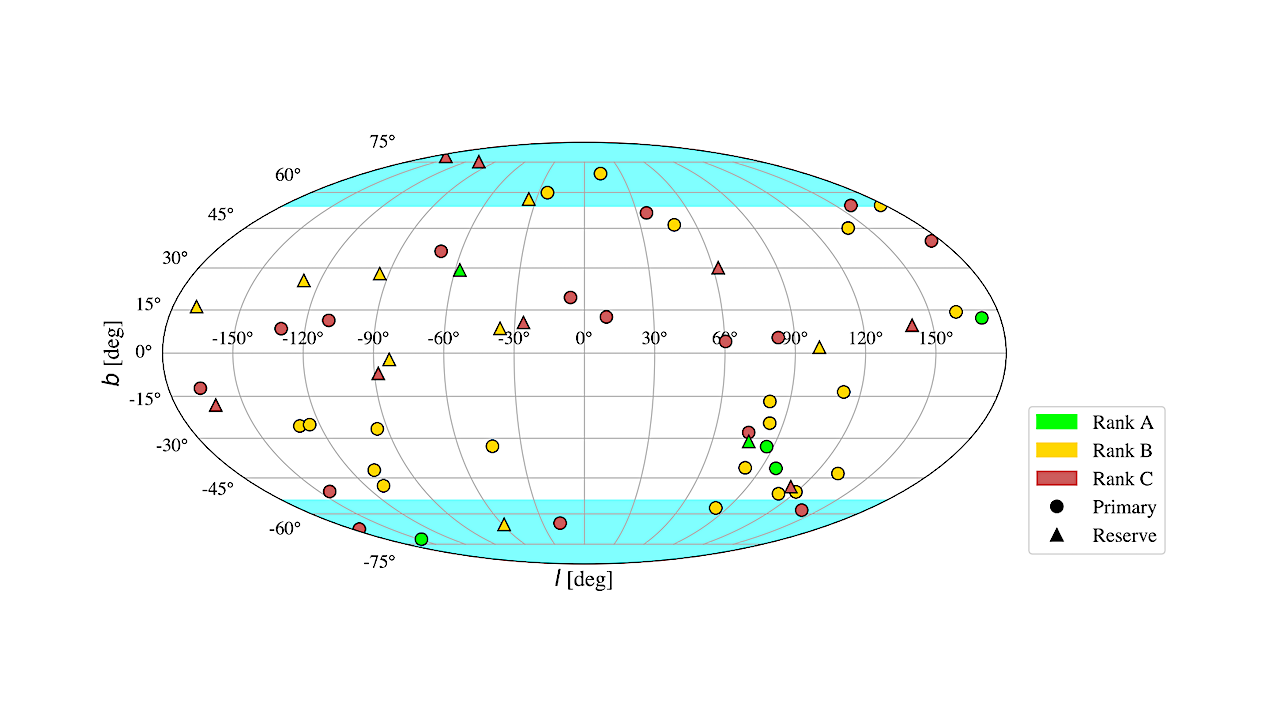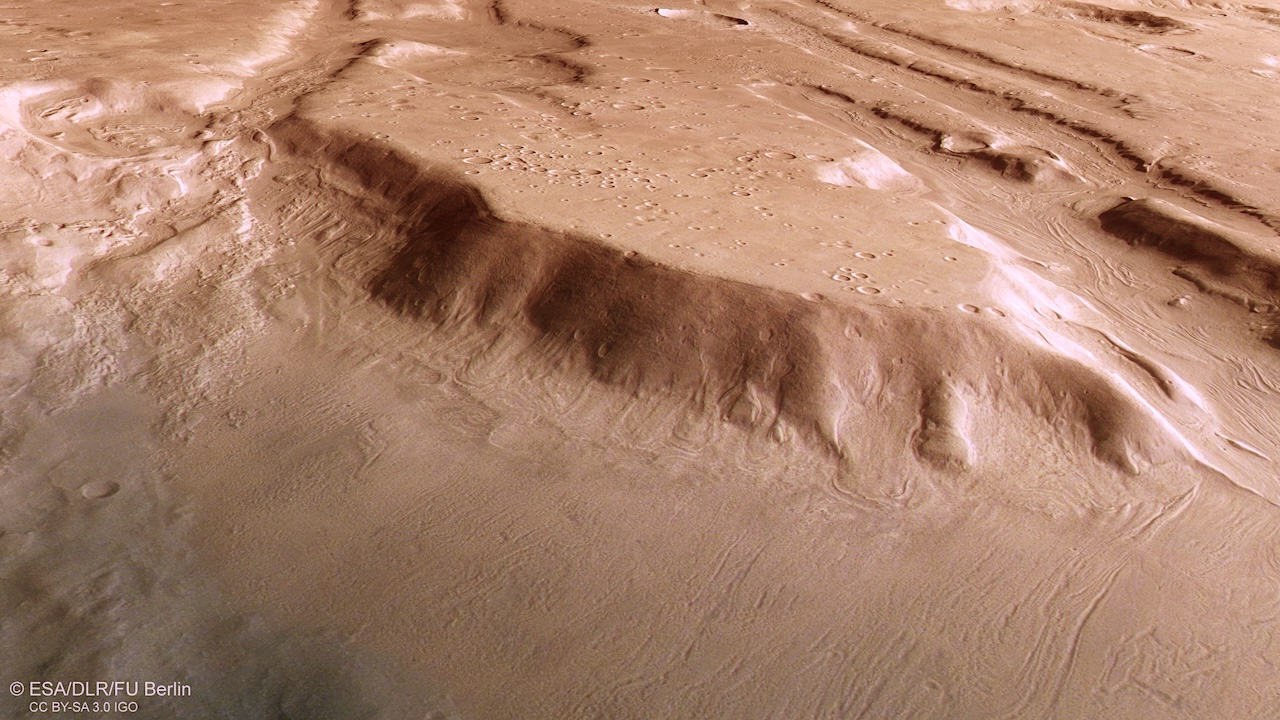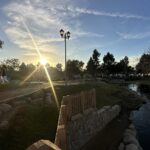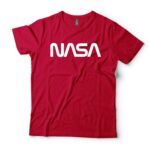Now Reading: HARPS-N, TESS, and CHEOPS Discover A Transiting Sub-Neptune And Two Outer Companions Around The Bright Solar Analogue HD 85426
-
01
HARPS-N, TESS, and CHEOPS Discover A Transiting Sub-Neptune And Two Outer Companions Around The Bright Solar Analogue HD 85426
HARPS-N, TESS, and CHEOPS Discover A Transiting Sub-Neptune And Two Outer Companions Around The Bright Solar Analogue HD 85426
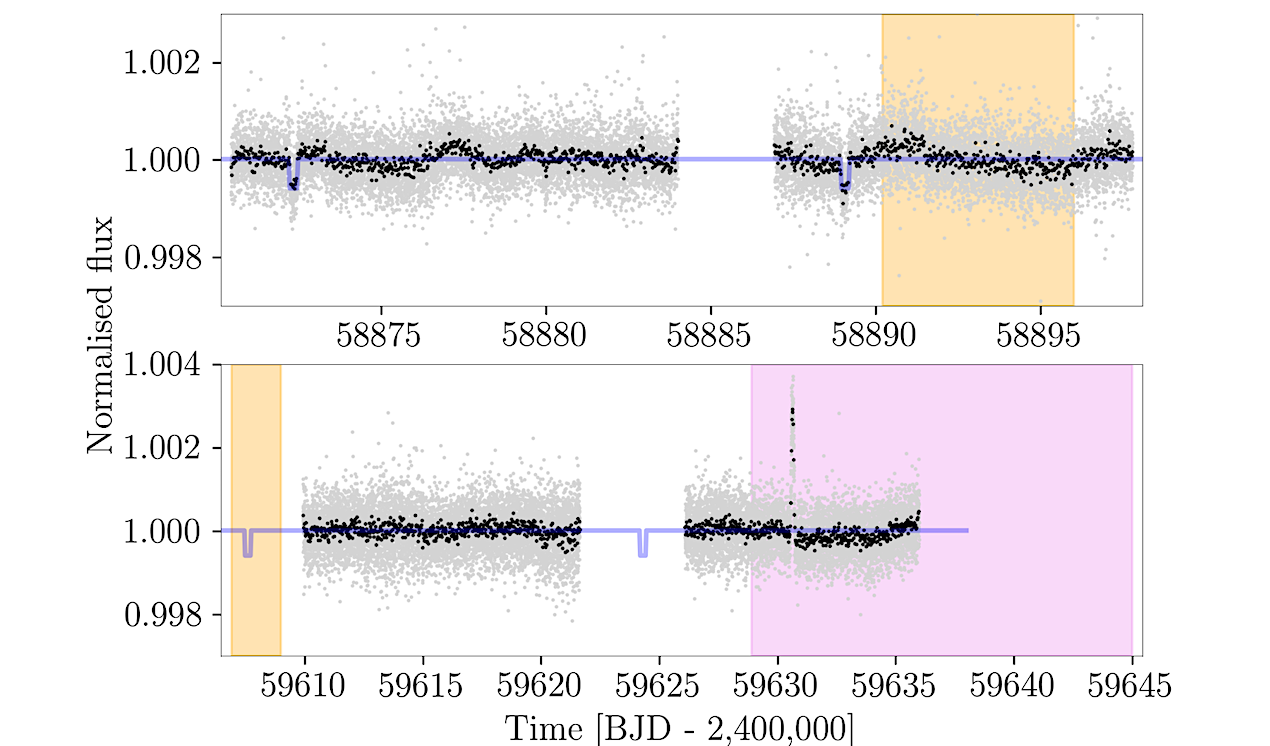

Photometric 2-minute cadence PDCSAP time series of TIC 4897275 (HD 85426) in TESS sectors 21 (top panel) and 48 (bottom panel) are shown in grey, with 30-minute binned data overlaid in black. The transits of HD 85426 b are indicated by the blue box transits. The rise in flux shortly after BJD 2,459,630 is caused by a passing asteroid. The predicted conjunction time windows for planet c and planet candidate d are shaded in orange and violet, respectively. The width of these conjunction time windows was set to twice the predicted uncertainty.– astro-ph.EP
We provide a detailed characterisation of the planetary system orbiting HD 85426 (TOI-1774).
This bright G-type star (M∗: 0.99 M⊙; R∗: 1.13 R⊙; age: 7.4 Gyr; V mag: 8.25) hosts a transiting sub-Neptune, HD 85426 b, with an orbital period of 16.71 days and a blackbody equilibrium temperature of 824+11−11 K.
By jointly analysing HARPS-N RVs, TESS, and CHEOPS photometric data and using two different stellar activity mitigation techniques, we constrain planet b’s mass to 6.0+1.5−1.6 M⊕ and 8.5+1.3−1.4 M⊕, depending on the mitigation technique. We investigate the dependence of these results on the priors, data selection, and inclusion of other Keplerians in the modelling.
Using this approach, we identify the presence of two non-transiting planetary companions with minimum masses near 10 M⊕ and orbital periods of 35.7 and 89 days. Additionally, we reject the initial hypothesis that the 35.7-day periodic signal was due to stellar activity.
We also determine HD 85426 b’s radius to be 2.78+0.05−0.04 R⊕ and compute a transmission spectroscopy metric in the range of 82 to 115, making this planet a highly valuable target for atmospheric characterisation.
F. Lienhard, A. Mortier, A. Collier Cameron, M. Cretignier, L. Borsato, A. Anna John, J. A. Egger, M. Stalport, T. G. Wilson, A. Deline, A. Fortier, D. W. Latham, L. Malavolta, P. F. L. Maxted, S. G. Sousa, S. L. Grimm, L. Buchhave, Y. Alibert, B. S. Lakeland, X. Dumusque, J. Cabrera, L. Naponiello, A. C. M. Correia, F. Rescigno, L. Fossati, A. Sozzetti, R. Alonso, T. Bárczy, D. Barrado, S. C. C. Barros, W. Baumjohann, W. Benz, N. Billot, A. Brandeker, C. Broeg, K. Collins, Sz. Csizmadia, P. E. Cubillos, M. B. Davies, M. Deleuil, O. D. S. Demangeon, B.-O. Demory, A. Derekas, B. Edwards, D. Ehrenreich, A. Erikson, M. Fridlund, D. Gandolfi, K. Gazeas, M. Gillon, M. Güdel, M. N. Günther, R. Haywood, A. Heitzmann, Ch. Helling, K. G. Isaak, J. M. Jenkins, L. L. Kiss, J. Korth, K. W. F. Lam, J. Laskar, A. Lecavelier des Etangs, A. Leleu, M. Lendl, D. Magrin, A. F. Martínez Fiorenzano, B. Merín, C. Mordasini, V. Nascimbeni, G. Olofsson, H. P. Osborn, R. Ottensamer, I. Pagano, L. Palethorpe, E. Pallé, G. Peter, D. Piazza, G. Piotto, D. Pollacco, D. Queloz, R. Ragazzoni, N. Rando, H. Rauer, I. Ribas, K. Rice, N. C. Santos, G. Scandariato, D. Ségransan, A. E. Simon, A. M. S. Smith, S. Sulis, Gy. M. Szabó, S. Udry, S. Ulmer-Moll, V. Van Grootel, J. Venturini, E. Villaver, N. A. Walton, T. Zingales
Comments: 27 pages, 20 figures, accepted for publication in MNRAS
Subjects: Earth and Planetary Astrophysics (astro-ph.EP)
Cite as: arXiv:2511.08473 [astro-ph.EP] (or arXiv:2511.08473v1 [astro-ph.EP] for this version)
https://doi.org/10.48550/arXiv.2511.08473
Focus to learn more
Submission history
From: Florian Lienhard
[v1] Tue, 11 Nov 2025 17:17:03 UTC (4,323 KB)
https://arxiv.org/abs/2511.08473
Astrobiology,
Stay Informed With the Latest & Most Important News
-
 012024 in Review: Highlights from NASA in Silicon Valley
012024 in Review: Highlights from NASA in Silicon Valley -
 02Panasonic Leica Summilux DG 15mm f/1.7 ASPH review
02Panasonic Leica Summilux DG 15mm f/1.7 ASPH review -
 03How New NASA, India Earth Satellite NISAR Will See Earth
03How New NASA, India Earth Satellite NISAR Will See Earth -
 04And Thus Begins A New Year For Life On Earth
04And Thus Begins A New Year For Life On Earth -
 05Astronomy Activation Ambassadors: A New Era
05Astronomy Activation Ambassadors: A New Era -
06SpaceX launch surge helps set new global launch record in 2024
-
 07From Polymerization-Enabled Folding and Assembly to Chemical Evolution: Key Processes for Emergence of Functional Polymers in the Origin of Life
07From Polymerization-Enabled Folding and Assembly to Chemical Evolution: Key Processes for Emergence of Functional Polymers in the Origin of Life














